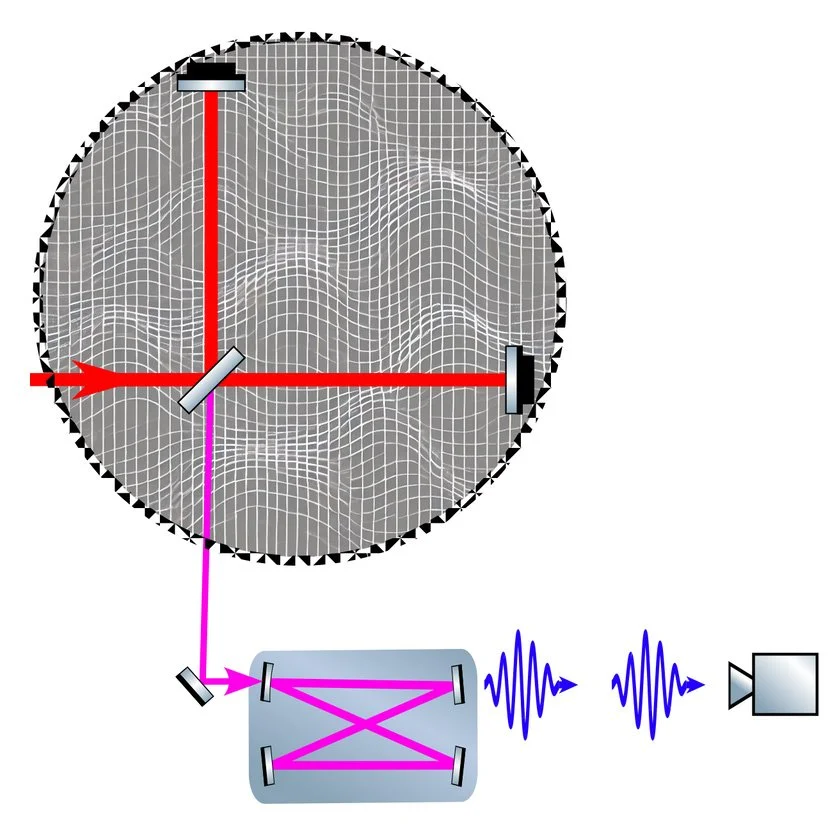High Energy Theory, Dark Matter, and Quantum Systems for Fundamental Physics
High Energy Physics, Gravity and Precision Tests
Our group’s research centers on fundamental questions about the building blocks of our Universe, from dark matter to laboratory tests on the quantum nature of gravity and spacetime. This work has many facets, from the quantum nature of gravity and ways we might search for it in the laboratory and in the sky, to theories of dark matter and how to search for it with quantum materials.
Gravity & Spacetime
We know that Einstein's General Relativity is incomplete, as gravity must somehow be quantum mechanical. I study spacetime fluctuations due to the quantum nature of spacetime. Read more>>
New Ideas in Dark Matter Detection
The search for new particle physics has traditionally focused on accelerating particles to higher energies in search of new states. However, dark matter may reside in a low energy hidden sector. I have proposed qualitatively new types of theories for dark matter and their detection. Read more>>
Quantum Systems for Fundamental Physics
Recently there has been enormous progress in creating and manipulating quantum states for quantum computing. Read more>>



